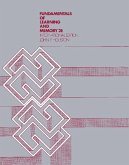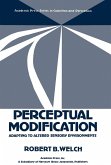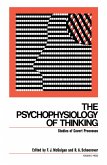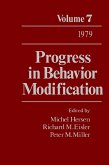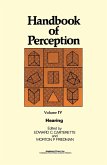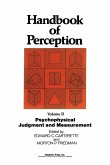Spatial Learning Strategies: Techniques, Applications, and Related Issues reviews the state of the art in spatial learning strategies and suggests ways in which such strategies (for example, spatial and semantic-network representations) may be more powerfully instantiated in text design and technology applications. Some of the most promising work in the field of learning strategies is documented. Comprised of 15 chapters, this book begins with an introduction to some of the theoretical underpinnings of spatial learning strategies as well as selected theories of information processing. The next section contains reports on specific learner-oriented techniques that have been developed to improve the performances of students with respect to text processing. The discussion then turns to reports on specific techniques that have been developed and applied to other types of processing tasks (for example, test taking, problem solving) or to teacher-author communication, including text analysis and instructional strategies. The application of networking as a learning strategy to hearing-impaired students is also considered, along with schematizing, mapping, and concept structuring. The book concludes by assessing the implications of spatial strategies for education and applied research. This monograph will be of interest to behaviorists, cognitive and educational psychologists, teachers, school administrators, and policymakers.
Dieser Download kann aus rechtlichen Gründen nur mit Rechnungsadresse in A, B, BG, CY, CZ, D, DK, EW, E, FIN, F, GR, HR, H, IRL, I, LT, L, LR, M, NL, PL, P, R, S, SLO, SK ausgeliefert werden.



